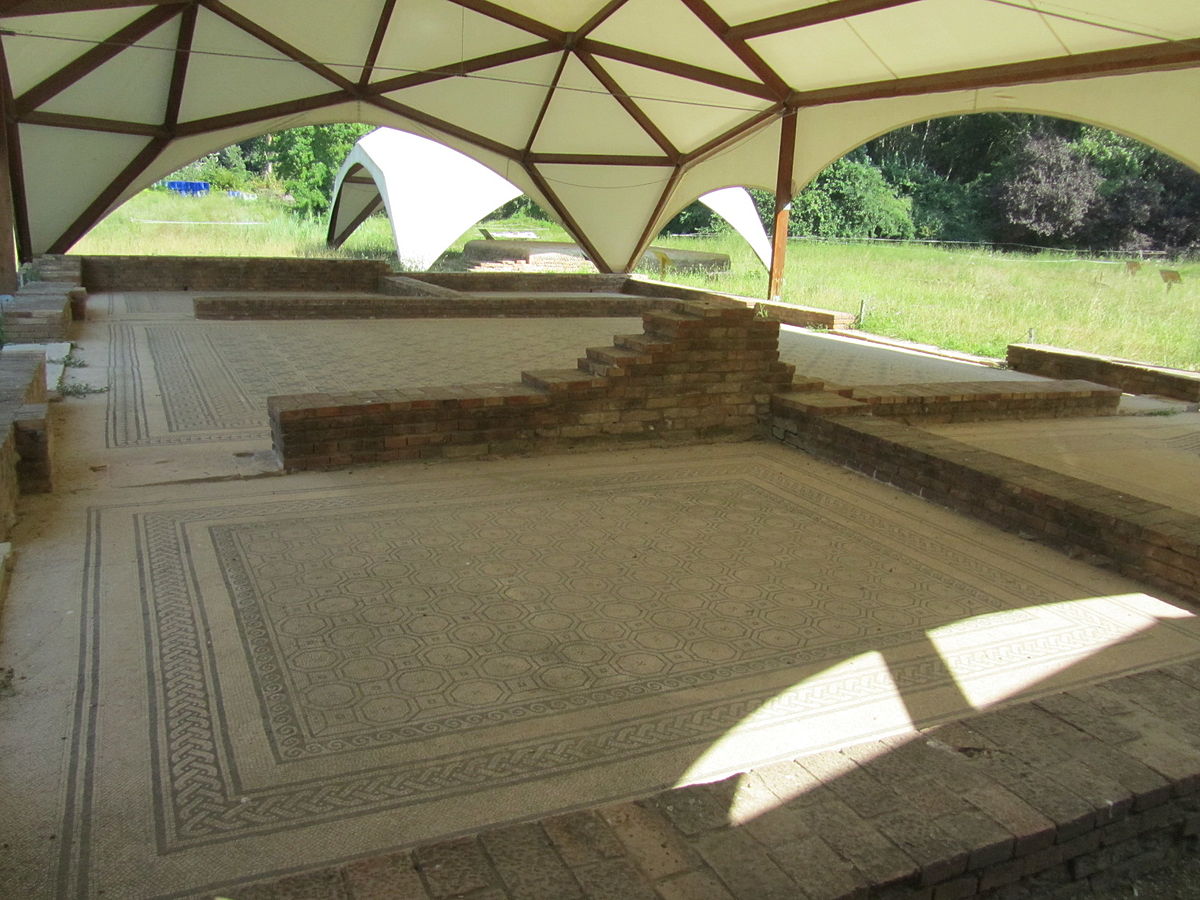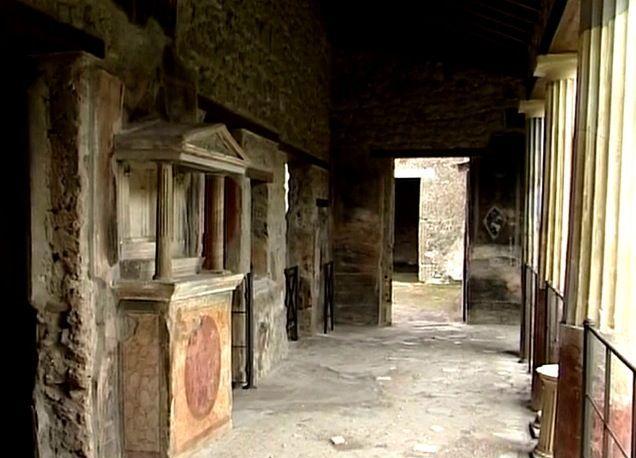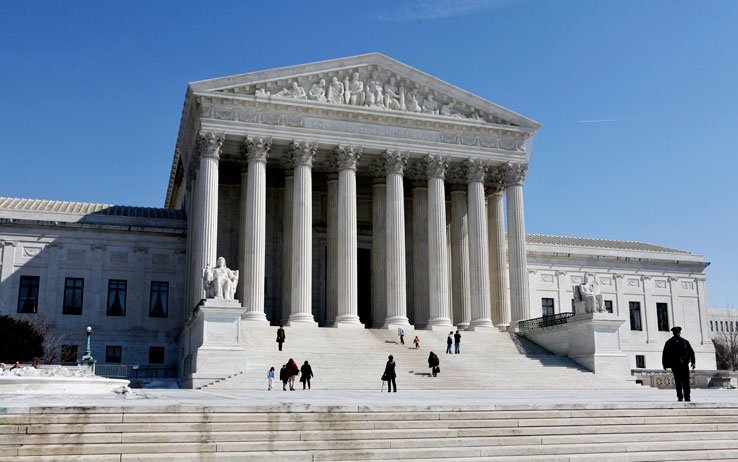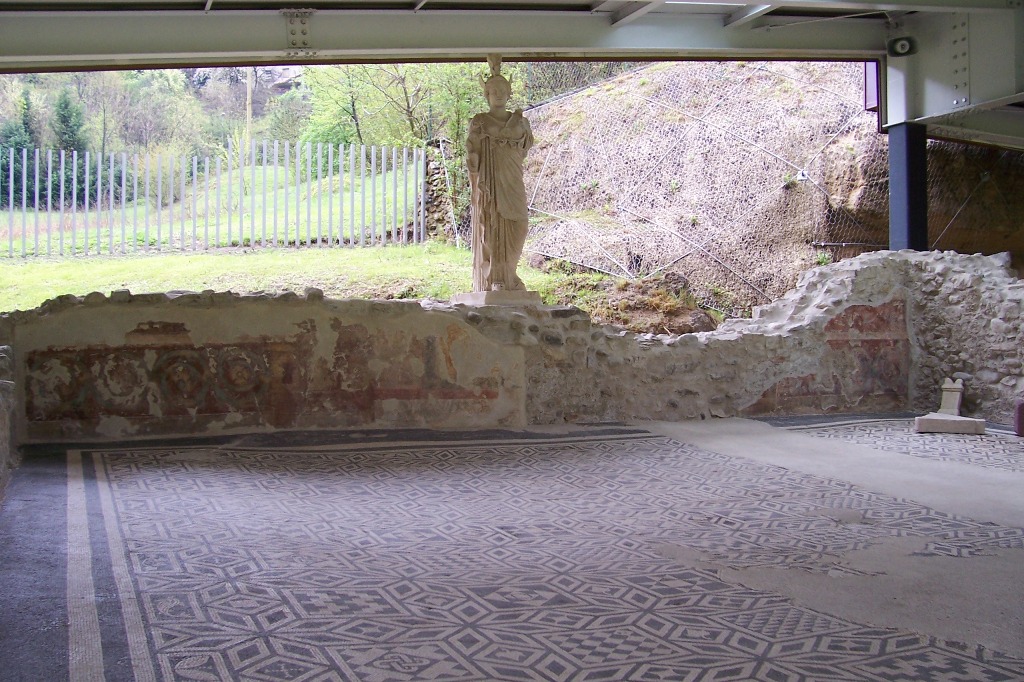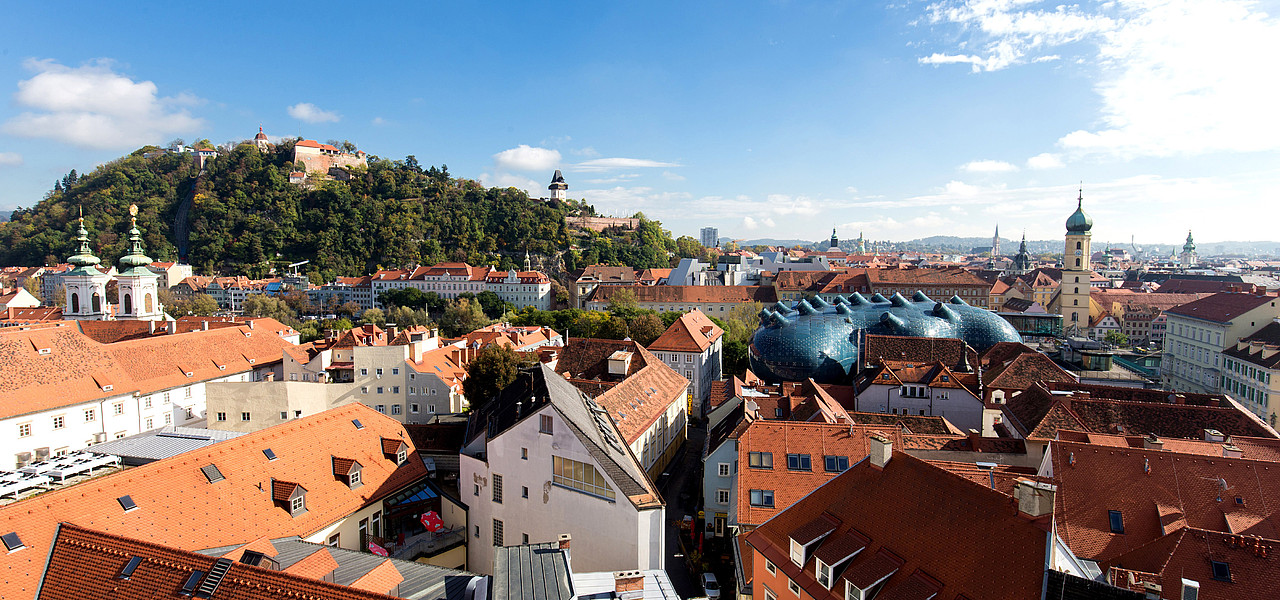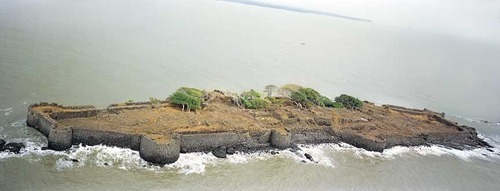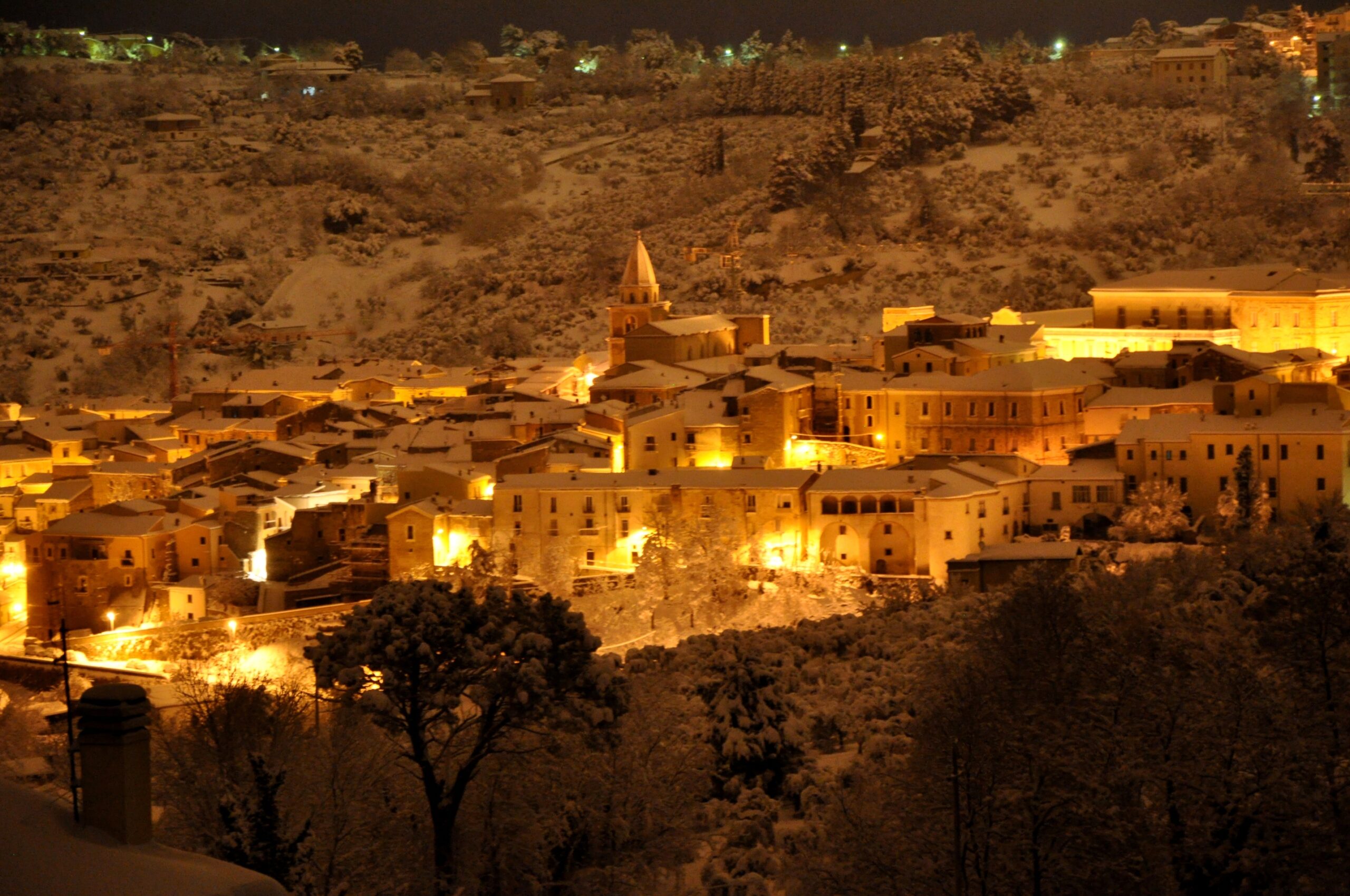The rustic villa of Russi experienced its greatest splendour between the 1st and 2nd centuries A.D., when the complex was completely restructured, also scenically, by an owner who probably enriched himself by selling the agricultural surpluses to the Roman military fleet which, since the time of Augustus, had its headquarters in Ravenna. The villa was managed by a freedman with duties as a farmer (procurator) who commanded the large number of slaves needed for ploughing, sowing and harvesting cereals, pruning vines and harvesting and pressing grapes. The dominus lived in the villa from time to time but his lodging was nevertheless luxurious, with a dining room (triclinium), a reception room (tablinum), spa facilities and mosaic floors. The complex has two warehouses, one connected to the room where the pressing took place (torcularium), containing the wine amphorae, and the other used for the storage of grains. After a period of decline coinciding with the expulsion of the military fleet, the villa was partially reoccupied when the imperial court moved to Ravenna, which became the capital in 401 AD. The villa was then definitively abandoned in the early Middle Ages and already by the end of the VII century the area looked like wasteland.
